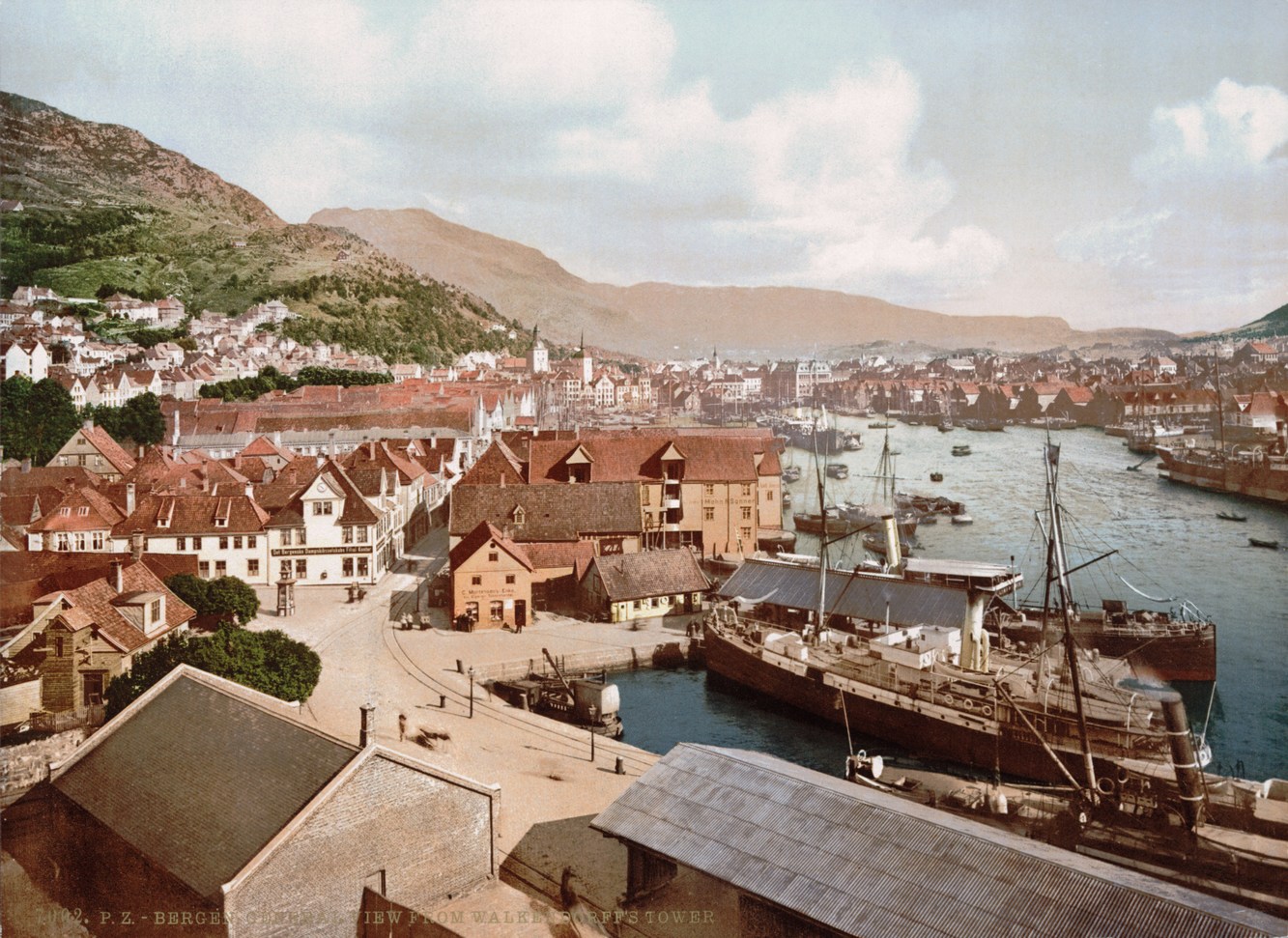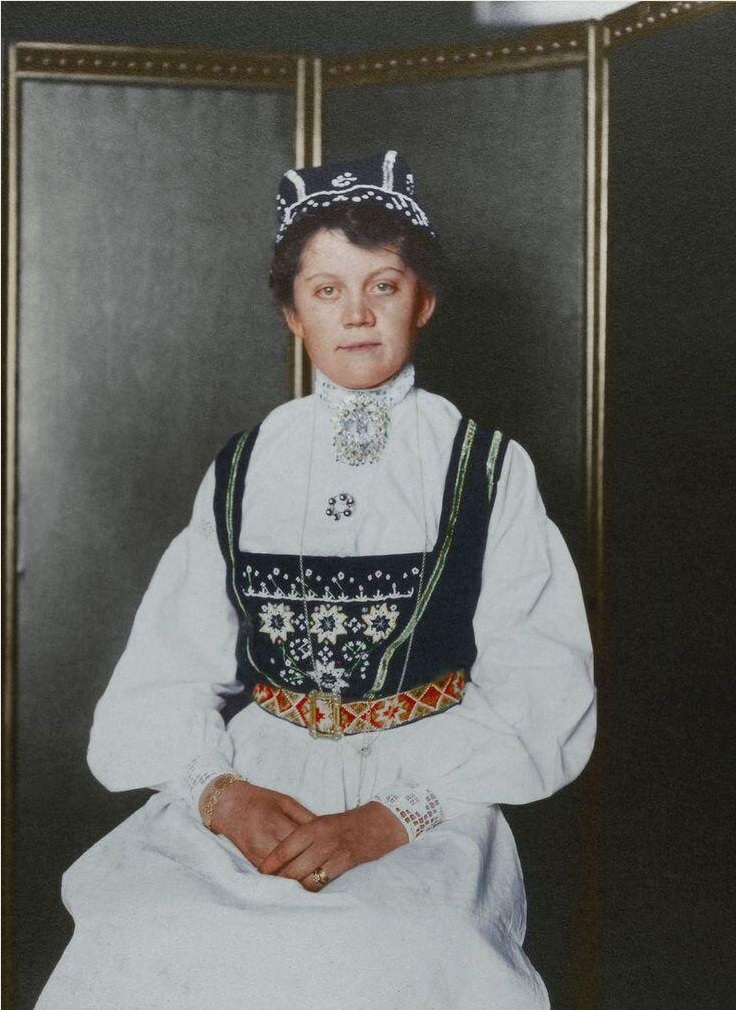Heritage, History, and the Cultural Legacy of Mangle Boards

Bergen, Norway, ca 1890
Americans of Norwegian ancestry make up a proud and vibrant part of the United States’ cultural fabric. With roots tracing back to Norway's rugged fjords and rural villages, these immigrants brought with them not only dreams of a better life but also cherished traditions and heirlooms — including the iconic Norwegian mangle board, a beautifully carved household tool that symbolizes both practicality and love.
Most Norwegian immigrants who settled in the United States came from rural western and central Norway, particularly from regions such as Hordaland, Sogn og Fjordane, Telemark, and Oppland. These areas were characterized by small-scale farming and fishing communities, where families lived off the land and sea. Life was often difficult due to limited arable land, harsh winters, and a rapidly growing population.
The first large wave of Norwegian immigration to the United States began in the 1820s, driven by a combination of economic hardship, lack of farmland, and religious freedom. Many Norwegians were members of religious groups, like the Haugeans, who faced restrictions under the official state church. Others sought the promise of land ownership and opportunity in America, which was heavily advertised back in Europe. The Homestead Act of 1862 provided a major incentive, offering free land to settlers willing to cultivate it. For many Norwegians, this was a chance to escape poverty and create a better future.
Most Norwegian immigrants settled in the Upper Midwest, where the landscape and climate resembled their homeland. States like Minnesota, Wisconsin, Iowa, North Dakota, and South Dakota became centers of Norwegian-American culture. Today, Minnesota boasts the largest number of Norwegian Americans, with over 868,000 residents claiming Norwegian ancestry. A significant number of them now live around Minneapolis. Smaller communities also formed in Illinois, Washington, and Oregon, and some Norwegians moved further west over time. The town of Decorah, Iowa, for example, remains a hub of Norwegian-American culture and is home to the Vesterheim Norwegian-American Museum.
Today, there are over 4.5 million Americans of Norwegian descent, making it one of the largest Scandinavian ethnic groups in the United States. Many proudly celebrate their heritage through festivals, music, language, and traditional crafts. Events such as Syttende Mai (Norwegian Constitution Day) are celebrated in cities like Minneapolis, Seattle, and Brooklyn. Norwegian ancestry is often passed down with great pride, along with family heirlooms — and that’s where the mangle board comes in.

Norwegian immigrant at Ellis Island, ca 1910
The Mangle Board: A Symbol of Norwegian Heritage
A mangle board is a traditional tool once used to smooth and press linen. Usually carved from wood and ornately decorated, mangle boards were more than just domestic tools; they were symbols of courtship, love, and craftsmanship. In Norwegian culture, it was common for a young man to carve a mangle board as a gift for his bride-to-be. The designs often included rosemaling (traditional Norwegian floral painting), initials, dates, hearts, and stylized horses, representing loyalty and protection. These boards served both a practical and emotional purpose — pressing laundry while also pressing love into the household.
When Norwegians emigrated to America, they brought with them only their most valuable and meaningful possessions. For many, this included their family’s mangle board, a tangible link to home and tradition. Today, these artifacts are found in family homes, museums, and heritage collections across the U.S. In Norwegian-American communities, preserving crafts like woodcarving, embroidery, and loom weaving has long been a way to honor ancestral traditions. The mangle board, with its rich symbolism and aesthetic appeal, is one of the most recognizable items of this legacy. Many descendants of Norwegian immigrants proudly display these heirlooms in their homes. Others seek them out in antique shops or learn about them through genealogy and cultural exploration. For some, reconnecting with their Norwegian roots begins with discovering the stories behind such objects.
Whether your ancestors came from a fjordside farm in Hardanger or a village in Telemark, the story of Norwegian immigration to the United States is one of resilience, faith, and deep cultural pride. Items like mangle boards carry more than their original function — they carry the legacy of a people who carved their future both literally and figuratively. If you’re interested in learning more about mangle boards and their place in Norwegian history, explore our website’s gallery of authentic examples and stories. By preserving these pieces, we keep alive the spirit and artistry of the Norwegian-American immigrant experience.
Do you want to buy a mangle board? It's here: mangle boards for sale

Norwegian woman using a mangle board, ca 1950

American Women in traditional Norwegian clothing examine a loom at Vesterheim, the Norwegian-American museum and heritage center in Decorah, Iowa, 1946
